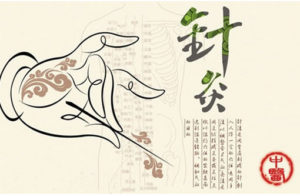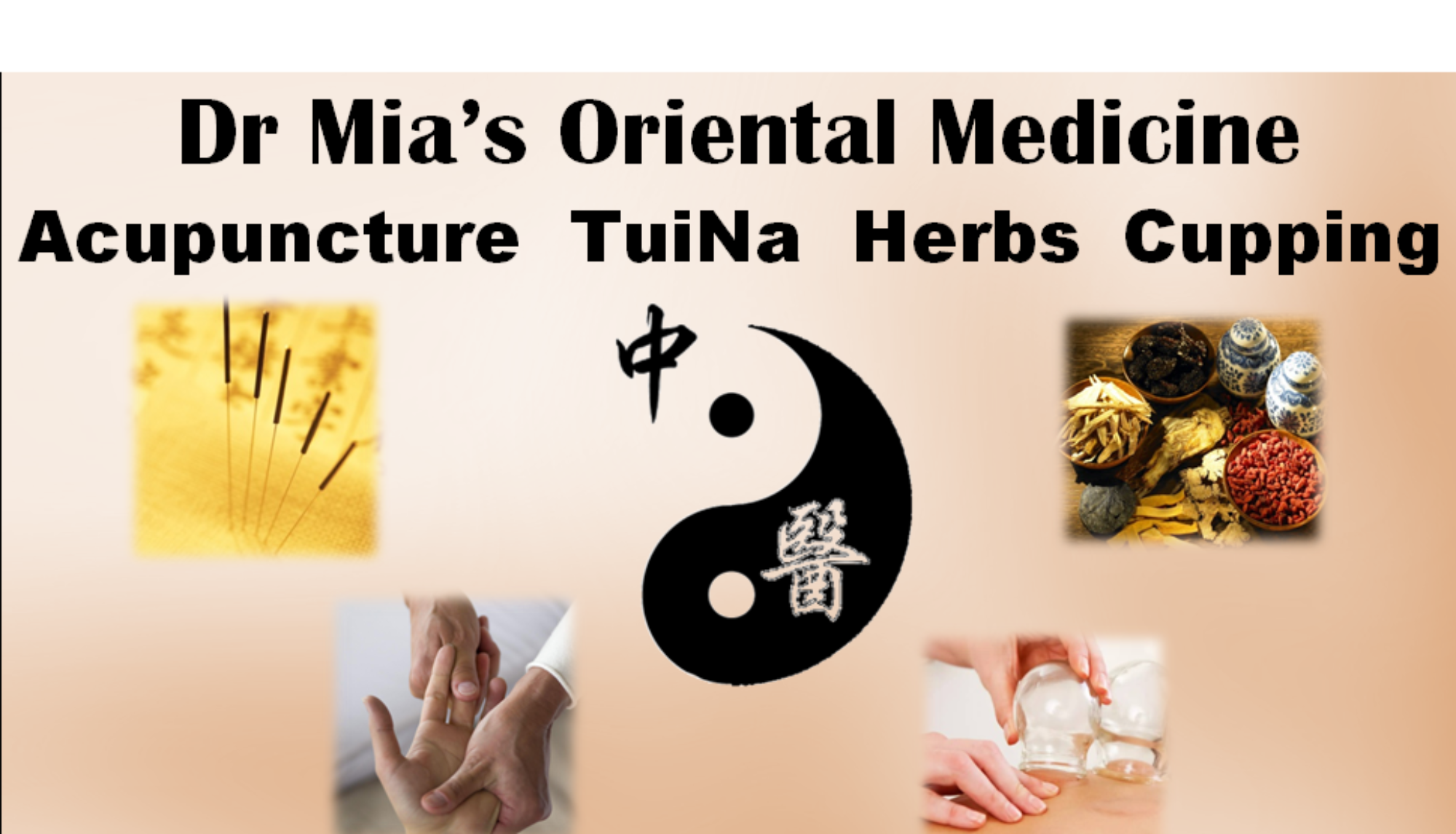The Science Behind Acupuncture: Biomedical Perspectives
Modern research has uncovered several scientific theories explaining acupuncture’s therapeutic effects, supported by studies from leading scientists and medical professionals. Key findings include:
– Neurotransmitter Theory – Acupuncture stimulates the release of neurotransmitters that modulate immune function and pain perception.
– Autonomic Nervous System Theory – By triggering the release of acetylcholine and endogenous opioids, acupuncture regulates the autonomic nervous system, reducing pain and promoting relaxation.
– Gate Control Theory – Acupuncture activates nerve receptors that block pain signals, preventing them from reaching the brain.
– Vascular-Interstitial Theory – Acupuncture influences the body’s bioelectrical system, enhancing energy transfer between healthy and injured tissues to accelerate healing.
– Blood Chemistry Theory – Acupuncture helps restore homeostasis by regulating peripheral blood components.
Studies also confirm that acupuncture needle insertion increases local white blood cell production, promoting tissue repair and reducing inflammation—naturally and without the risks of pharmaceutical interventions.
Traditional Chinese Medicine (TCM) Perspectives
Dr. Mia’s acupuncture treatments are rooted in classical TCM principles, including:
– Daoist philosophy (Yin-Yang balance)
– The Five Elements (Wood, Fire, Earth, Metal, Water)
– Meridian Theory (Qi, Blood, and Body Fluid circulation)
By integrating Tung’s Extraordinary Points and Muscular Anatomical Theory, Dr. Mia tailors each treatment to the patient’s condition—considering disease progression, severity, and individual constitution. This precision-targeted approach not only alleviates symptoms but also restores Qi flow, strengthens the body’s defenses, and reactivates its innate self-healing capacity for long-term balance and wellness.
Key Facts About Acupuncture
– 5,000+ years of documented use, helping billions achieve drug- and surgery-free healing.
– FDA-approved for use by licensed practitioners.
– Nearly painless—patients often report only mild tingling or a sense of relaxation, signaling effective treatment.
– Treatment duration varies based on condition severity and chronicity. Acute issues may resolve in 4–10 sessions, while chronic conditions require a longer, phased approach.
Recognized by Global Health Authorities
Acupuncture is endorsed by leading medical organizations for treating a wide range of conditions, including:
✅ Pain Management – Migraines, arthritis, back pain, fibromyalgia, TMJ
✅ Neurological & Psychological – Depression, anxiety, insomnia, trigeminal neuralgia
✅ Digestive & Respiratory – IBS, colitis, nausea, bronchitis, sinusitis
✅ Women’s Health – Menstrual disorders, menopause, fertility support
✅ Immune & Detox – Chronic fatigue, allergies, smoking cessation
Why Choose Dr. Mia’s Clinic?
– Holistic Healing – Beyond symptom relief, we enhance **immunity, energy, and emotional balance.
– Painless & Relaxing – Most patients enter a deep, restorative state during treatment.
– Highest Safety Standards – Single-use, sterile needles and strict hygiene protocols ensure a risk-free experience.
!


